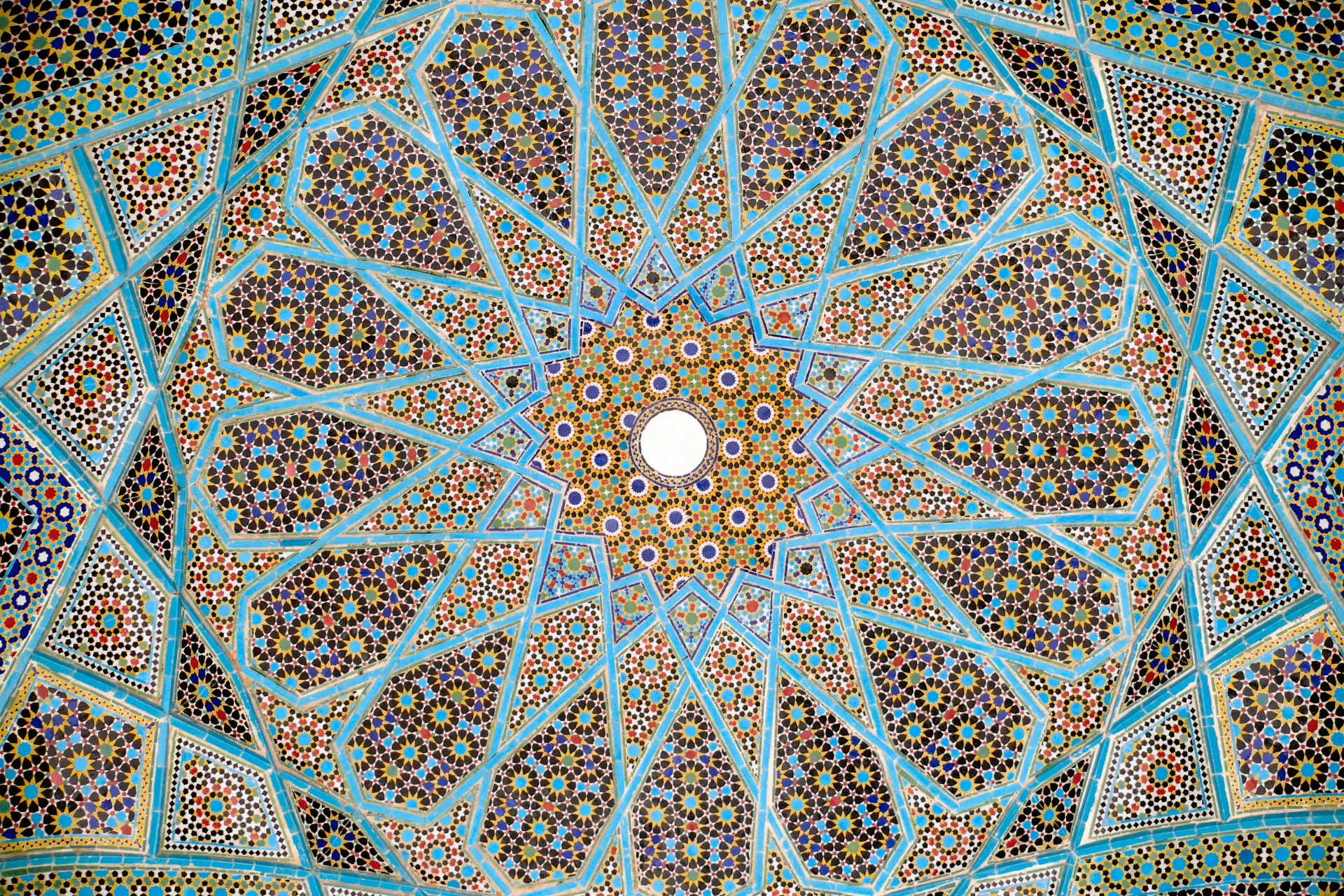General Articles
The Soul of Persia in Its Music
Introduction to Persian Cultural Influence on Music
Persian music, one of the world’s oldest and most influential musical traditions, is deeply interwoven with the broader fabric of Persian culture. Spanning centuries, dynasties, and diverse philosophies, Persian culture has shaped a musical identity that reflects poetry, spirituality, philosophy, and intricate artistic expression. Its music is not just about melody or rhythm; it’s a mirror into the Persian soul, shaped by its language, traditions, and worldview.
The Philosophical and Poetic Foundation
Persian culture is profoundly philosophical and poetic. The works of Rumi, Hafez, Saadi, and Ferdowsi have not only defined Persian literature but have also become the lyrical backbone of Persian classical music. These poets explored themes such as divine love, the quest for truth, and the nature of existence, concepts that have inspired generations of musicians to use music as a vehicle for emotional and spiritual expression.
In traditional Persian music, it's common to hear verses of poetry sung in a style called avaz, a vocal improvisation that is deeply expressive and rooted in the poetic meter. The integration of classical poetry into music reinforces the cultural belief that sound is sacred, and its purpose is to awaken the spirit.
The Role of Spirituality and Sufism
Persian culture has long embraced mysticism, particularly in the form of Sufism, a branch of Islam focused on inner spirituality and divine love. Sufi philosophy has deeply influenced Persian music, giving it an introspective and transcendental character. Music is often viewed not just as entertainment but as a path toward unity with the divine.
Instruments such as the ney (a reed flute) and the tanbur are central to Sufi musical gatherings, known as sama, where the aim is to reach states of spiritual ecstasy. The repetitive, meditative rhythms and emotive melodies reflect the Sufi principle that music is a divine language beyond words.
Traditional Instruments and Their Cultural Roots
Persian culture has fostered the creation of unique and expressive musical instruments that are still used today, each with its own historical and cultural background.
-
Tar: This six-stringed, double-bowl instrument is one of the most iconic in Persian classical music. Its name literally means “string” in Persian, and it serves as both a solo and accompaniment instrument in ensemble settings.
-
Setar: A delicate, four-stringed lute played with the fingernail, the setar is closely associated with Sufi music due to its intimate sound and its suitability for meditative solo performances.
-
Santur: A hammered dulcimer with 72 strings, the santur produces a shimmering, ethereal tone and requires great skill. Its complex tuning reflects the intricacy of Persian modal systems.
-
Kamancheh: A bowed string instrument, often described as the ancestor of the violin, the kamancheh is essential in conveying the emotional range of Persian music.
-
Daf: A large frame drum used widely in Sufi rituals and folk music, the daf's entrancing rhythms are integral to spiritual gatherings and traditional dance.
Each of these instruments not only has a specific musical role but also carries deep cultural symbolism, representing joy, sorrow, prayer, and storytelling.
The Dastgah System and Cultural Depth
A central concept in Persian classical music is the dastgah system, a modal framework that functions similarly to the concept of scales in Western music, but with much more flexibility and nuance. There are seven main dastgahs and several sub-dastgahs, each evoking specific emotional and spiritual qualities.
Persian musicians spend years mastering the radif, a collection of old melodic patterns that are passed down from master to student. Learning and interpreting the radif is more than just a technical achievement; it’s an immersion into centuries of Persian thought, emotion, and artistic legacy. Improvisation is also a key component, reflecting the culture’s emphasis on personal expression and internalized knowledge.
Regional Influences and Folk Traditions
Persian music is not monolithic. Iran’s diverse ethnic groups, including Kurds, Azeris, Lurs, Balochis, and others, have contributed richly to the country’s musical culture. Each region has its own instruments, rhythms, and musical forms, often reflecting the daily life, work, and celebrations of its people.
For example:
-
Mazandarani and Gilaki music from northern Iran often features upbeat rhythms and vocal calls used during harvest festivals.
-
Bakhtiari music includes ballads of migration, heroism, and tribal loyalty.
-
Kurdish music is known for its dynamic use of the daf and emotionally charged melodies often tied to themes of resistance and identity.
This regional diversity reveals how Persian culture values storytelling, community history, and oral tradition, all of which continue to nourish its music.
The Influence of Persian Miniature Art and Calligraphy
Persian music also reflects cultural aesthetics that appear in other art forms like miniature painting and calligraphy. Just as Persian miniatures are highly detailed and layered with symbolism, Persian music is intricate and nuanced. The ornamentation in music, trills, slides, and vibrato-parallels the flourishes in calligraphy. There is a strong belief in harmony and balance, whether in visual or auditory art, a cultural principle that underscores Persian identity.
Persian Music in the Modern World
Despite political and social upheavals, Persian music has continued to evolve while staying rooted in its culture. Contemporary musicians blend traditional forms with modern genres like jazz, electronic music, and even hip-hop. The cultural DNA of Persian music is so strong that even in fusion, its essence remains recognizable.
Artists like Mohammad Reza Shajarian, Kayhan Kalhor, and Homayoun Shajarian have brought Persian music to the global stage while staying faithful to its roots. Moreover, the global Persian diaspora has helped to spread and preserve this musical heritage, especially in countries like Canada, the U.S., and Europe.
Teaching and Passing Down Tradition
In Persian culture, the teacher-student relationship in music is considered sacred. Learning music isn’t just about acquiring skill; it's a rite of passage that connects the learner to centuries of tradition. Teachers often share not only technique but also cultural context, stories, and philosophical insights that enrich the student’s understanding of the music’s deeper meaning.
This reverence for education helps explain why Persian music continues to flourish across generations. Today, music shops, academies, and cultural centers play a crucial role in keeping the tradition alive.
Final Words
Persian culture has shaped its music in profound ways, from poetry and spirituality to craftsmanship and aesthetics. Every note, rhythm, and instrument tells a story of a civilization that has long valued art, reflection, and emotional depth. The result is a musical tradition that is as rich and layered as the culture from which it springs.
Whether you are a listener, a learner, or a performer, immersing yourself in Persian music offers a deeper connection to the soul of a people whose art has stood the test of time.
Explore the magic of traditional instruments and culture with Rhythm Music Shop, proudly serving Markham, Richmond Hill, North York, Scarborough, and the rest of the GTA.

